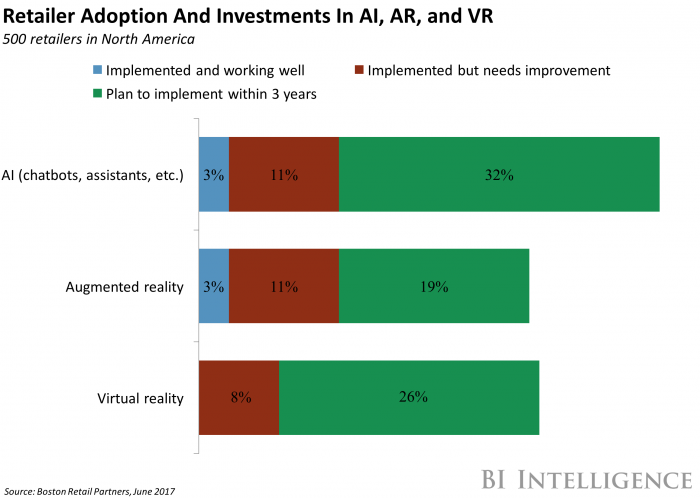You’ve heard it before and have seen the headlines: “Millennials Are Killing The So-And-So Industry.” Everywhere from diamonds to napkins, millennials are being blamed for the downfall of many industries that were once booming in the past. And now there’s another thing to add to the list: Country Clubs.
In the 1990’s, baby boomers flocked to tiny golf communities because of the status that went along with it: the real estate was highly coveted because of the green space and beautiful views. But it seems that those that may have grown up in these types of groomed neighborhoods aren’t as interested in buying. Instead, they favor farm-to-table eats, the idea of environmentally friendly living and reducing one’s carbon footprint, but without giving up luxury amenities. Enter the Agrihood.
Short for “agricultural neighborhoods,” agrihoods, according to Business Insider, are “master-planned housing communities with working farms as their focus with ample green space, barns, and outdoor community kitchens. Some boast greenhouses and rows and rows of fruit trees. The homes are typically built to high environmental standards – think solar panels and composting.”
But these aren’t off-the-grid communities with tiny houses. In one agrihood in Palm Springs, California, homes are ranging from the high $300,000s up to $1 million. Millennials are paying big bucks for access to the communal farms, orchards, fresh food, community events, and nature.
With about 150 agrihoods across the country, a large percentage of which exist near larger cities, the attractiveness of getting sustainable living without having to give up big city amenities is another big attractor for millennials, who make up the largest segment of American homebuyers today.
What’s the rise of agrihoods mean to us? That the big growth in lifestyle markets we’ve already seen might be just the start. Our clients that supply products for weekend farmers/ranchers, hobby farmers, gentleman farmers, backyard gardeners, etc. have seen tremendous growth in recent years as millennials seek more and more to break from big city life and live more community-focused lives. But what started as a trend has quickly begun to look like a full-blown movement.
Millennials are blamed for “killing” a lot of industries. And while this generation continues to become a larger portion of the workforce and earn higher salaries, they’re in turn producing incredible growth in new and existing industries as well. Don’t let your brand be the next millennial victim. Contact Geile/Leon today, so we can help your brand find that sweet spot in your marketing communications – because your brand doesn’t want to just be a household name, you want it to be an agrihood name.


 Interactive websites are all the rage. Combine interactive websites with brands wanting to do good and change the world (see trend above) and you get a site worth sharing. In Pieces is an interactive exhibition and study into 30 of the world’s both most interesting and endangered species. Bryan James lays out each animal and their information literally in 30 pieces.
Interactive websites are all the rage. Combine interactive websites with brands wanting to do good and change the world (see trend above) and you get a site worth sharing. In Pieces is an interactive exhibition and study into 30 of the world’s both most interesting and endangered species. Bryan James lays out each animal and their information literally in 30 pieces.